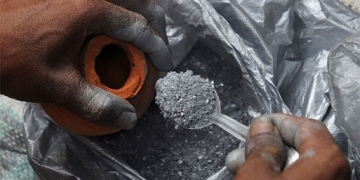The King Crab is a rare and expensive seafood delicacy, renowned for its delicious meat and high nutritional value. The reasons for the high price of king crab will be discussed in detail below.
The delicious flavor of king crab meat is one of the main reasons for its high price. The meat from the legs of king crabs is plump, tender, elastic, and flavorful. The exquisite taste of this meat makes king crab a favorite dish among many and is widely used in various culinary preparations.
Whether boiled, steamed, fried, or used in other dishes, the quality of king crab meat provides diners with a unique and delightful flavor experience. Therefore, people are willing to pay a high price to savor its delicious and distinctive taste.
The high nutritional value of king crab is also a significant factor contributing to its high price. King crab is rich in protein, vitamins, and high-quality minerals. Among these, protein is essential for the human body to maintain health, growth, and development, and it can provide a substantial source of energy.
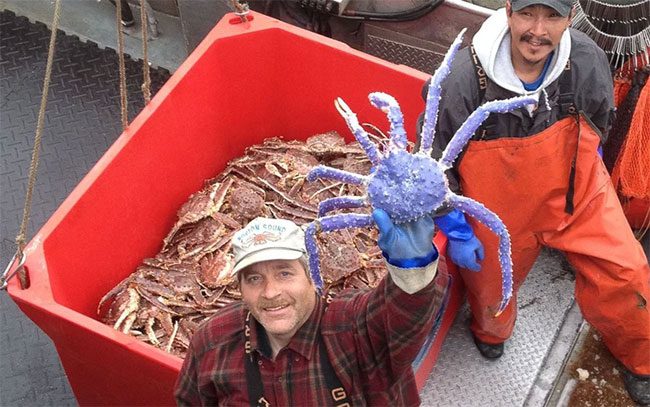
King crab is also rich in vitamin B12, vitamin C, selenium, and other nutrients, which are crucial for improving immunity, enhancing metabolism, and maintaining health. Due to the high nutritional value of king crab meat, its price naturally rises.
The challenging process of catching and processing king crab is another factor that leads to its high cost. King crabs primarily inhabit the cold waters of the North, and their natural population is quite limited. Additionally, they must reach a certain size and weight before they can be harvested.
During the catching process, crab fishing vessels must contend with complex weather and marine conditions, which increases the difficulty and costs associated with fishing. King crabs are relatively large, requiring specialized processing and handling to ensure freshness and quality. These complex processes and high operational costs contribute to raising the price of king crab.
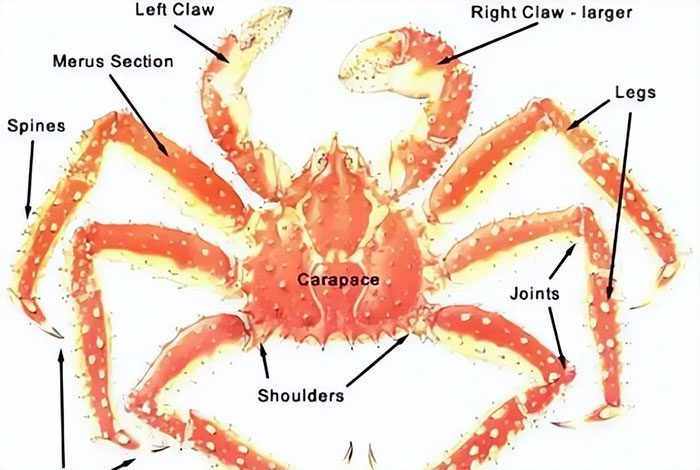
King crab is a valuable seafood, which is why prices are always high. This is primarily due to the rarity of king crab and the reality that demand exceeds supply. King crab is a prized seafood that attracts much attention due to its unique flavor and rich nutritional value. However, its price remains high, posing a certain financial burden on consumers. Among these factors, the high catching costs for fishermen are one of the significant reasons for the high price of king crab.
They have a narrow distribution range in nature and mainly live in the waters of the North Pacific, particularly in Northeast Asia. Due to the unique reproductive ecosystem and habitat of king crab, their population is relatively small and difficult to catch on a large scale. Meanwhile, common crab species like blue crabs and sea crabs have a relatively abundant supply due to their large populations, resulting in lower prices.
Due to the imbalance between the limited population of king crabs and people’s demand, supply falls short of demand. In a market economy, the supply-demand relationship is a crucial factor that determines prices. When supply cannot meet the demand of consumers, prices will rise accordingly. This is one of the primary reasons why the price of king crab remains so high.
King crabs have different growth and reproductive cycles in different seasons. During the breeding season, king crabs will come ashore to spawn, which is a rare time for people to taste fresh king crab. This is when the demand for king crab is at its highest. Therefore, the supply decreases, and the price naturally increases further.
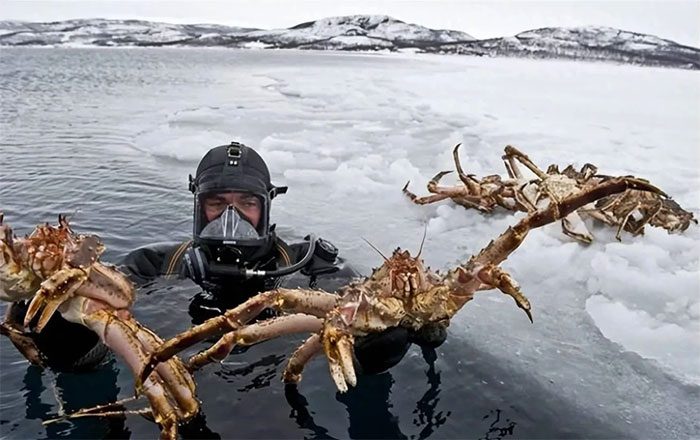
King crab is a rare seafood species, also known as straw hat crab or Alaska king crab. They are widely loved for their rich meat and unique flavor. However, the price of king crab remains high, primarily due to their long growth cycle and difficulty in reproduction.
The reason for the high price of king crab is mainly due to its rarity and supply shortage. Despite the high prices, for those consumers who love king crab, tasting this delicacy is an enjoyable and worthwhile experience. However, to protect the king crab population and its ecological environment, it is crucial to develop, utilize, and manage king crab resources sustainably. Only through responsible fishing and sustainable development can we ensure the continued availability of delicious king crab and enjoy it at the right times.
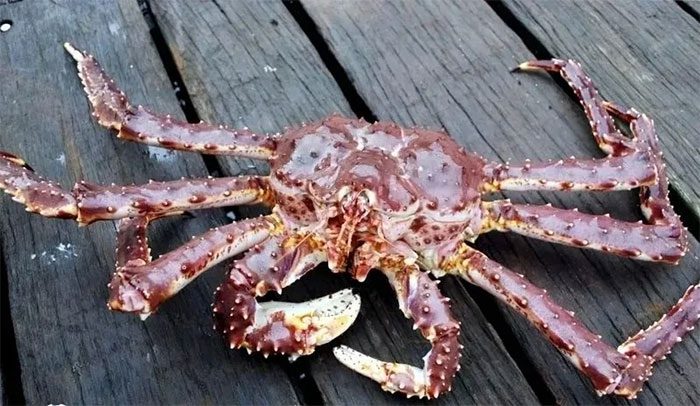
The long growth cycle of king crab is a key factor leading to high prices. Generally, king crabs take 5 to 7 years to mature, and they can only be harvested after reaching a certain weight and length. This long growth cycle significantly increases the cost of raising king crabs because it requires substantial investment in resources and time to nurture and care for them.
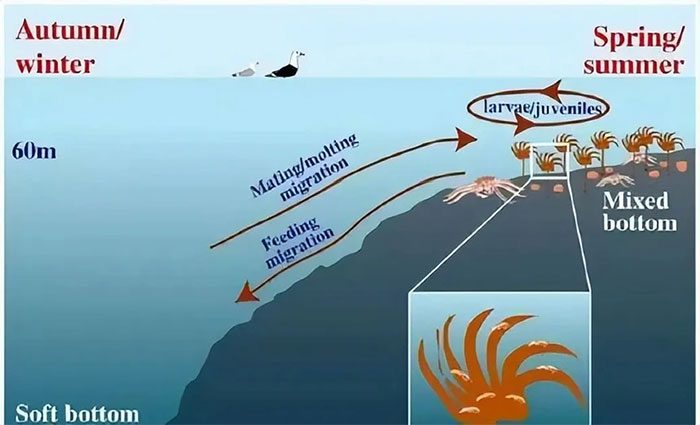
The ecological environment of king crab is relatively unique and complex, as they only live in cold waters in the Northern Hemisphere, primarily distributed in the Far East of Russia, the Liaodong Peninsula in China, and North America. The climatic conditions in these areas are quite harsh, with long, cold winters and extremely low sea temperatures, posing significant challenges for fishermen. Fishermen need to operate in freezing waters, endure harsh weather conditions, and use special tools and equipment during catching to ensure the freshness and quality of the king crab they harvest.
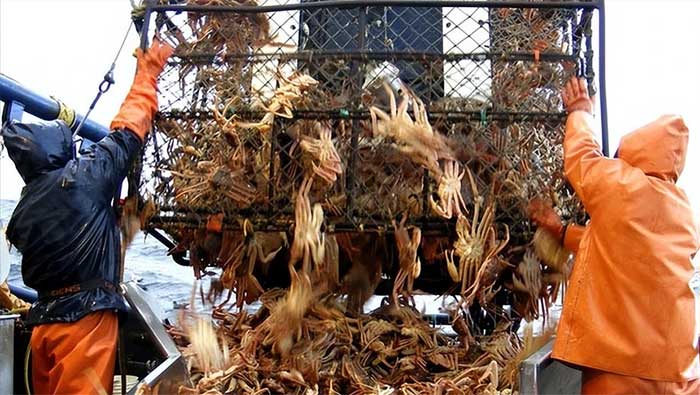
King crab is a marine resource with certain limits on the amount caught globally to protect its population and ecological balance. Many countries and regions have set fishing quotas, making the supply of king crab relatively scarce. Due to the impact of supply and demand, the price of king crab has also been driven up.

















































